Neuropsychologist Francisco Javier Tomás explains what synesthesia is, its characteristics, and what we can learn from this uncommon union of sensory information.
“Silence is of gold. The afternoon is of crystals.“
(Immense Hour -The Silence of Gold-, by Juan Ramón Jiménez)
“Swans, the fans of your fresh wings
give to pale brows their purest caresses
and may your picturesque white figures
drive away the dark ideas from our sad minds”.
(The Swans, by Rubén Darío)
What relationship does a person who sees the letter “A” as red have with a verse by Shakespeare, or with an exceptional mathematician? At first, we’d say little or none. However, these three realities (synesthesia, metaphor, and mathematics) involve common neural processes and areas. To illustrate them, I will draw on the chapter about synesthesia that Ramachandran wrote in his latest book, “What the Brain Tells Us: Mysteries of the Mind Uncovered”.
Besides the examples proposed at the beginning, we can turn to common vocabulary to illustrate the issue: “strong cheese”, “dress tastefully”, “your girlfriend is a ray of sunshine”, “garish yellow”, “rough person”…
Synesthesia is a neurological condition characterized by integrating multisensory information into formats that are not common. Therefore it is not a matter of imagination –at least not in certain modalities–, but of perception. I could ask you: “Imagine a purple apple.” And you would do it more or less without problem. But if I ask you to distinguish the triangle formed by the twos in this figure…
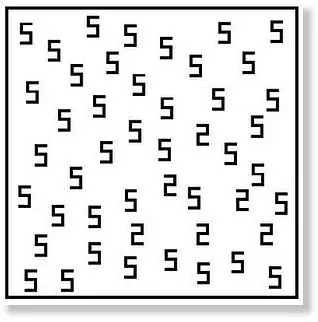
…things get complicated, right? A number-color synesthete would see it (or, rather, could see it) in the following way:
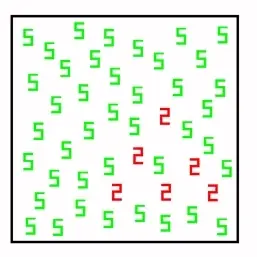
A great perceptual advantage…
Often the union of sensory information depends on the input format (low-level perceptual information such as processing lines and patterns of line orientation), other times there will be a perception-emotion union, while in others it depends on high-level perceptual operations (such as identifying the months of the year…and don’t be surprised if I mention that it is something perceptual). The difference between one process and another is the neuronal proximity of the areas involved in that synesthesia. Although I have distinguished emotional synesthesias from the “abstract” ones, both are a second-order process.
Perceptual “first-order” synesthesias
This is the case of the first verse of this entry. Two perceptual modalities join (acoustic –silence– and visual –gold–). The most common variants are letter-color, number-color, music-color, taste-touch.
In synesthesias that join sensory modalities, the brain automatically groups independent low-level perceptual information and gives it meaning. Hence the earlier example of the fives and the twos. Being a perceptual phenomenon, modifying perceptual parameters affects it. An example? When we move the letter “A” farther away, a person who has the letter-color modality will notice that the brightness and hue of the color with which they see the letter “A” change.
Linguistic concepts are not relevant for first-order perceptual processing, although they are relevant for higher orders of grouping.
Why do first-order synesthesias form?
Ramachandran has proposed a theory that answers (at least partially) this question. He called it the “Cross-activation hypothesis.” According to this theory, synesthesias are produced by a transversal neuronal configuration in both directions (activation and inhibition) between “sensory” (technically, modular) processing areas that are close to each other. But it is not a “normal” connection. For Ramachandran, this “special” configuration arises during neuronal pruning in the early stages of life, genetically controlled.
Some examples of synesthesias:
Number-color synesthesia
Color is processed (primarily) in area V4 (left fusiform gyrus), while visual processing of numbers occurs in an adjacent area of the same gyrus.
Here we have an example of a neural network that has first-order cross-connectivity. In this case the red area is that of color processing while the green is of grapheme processing. Both regions activate and inhibit each other transversally in letter- and number-color synesthesias.
Music-color synesthesia
The auditory centers of the temporal lobes are located near brain areas of the temporal lobe that receive higher-level color information from V4.
Touch-taste synesthesia
Touch processing occurs in the primary somatosensory cortex S1. The insula receives significant gustatory input.
Emotional “second-order” synesthesias
They are those that “connect” sensory perceptions with emotional states, or vice versa. Again, one must talk about the insula as a processing center that connects both systems. It receives significant input from the receptor cells of many internal organs (heart, muscles, lungs, skin…) and uses that information to determine how a person is in relation to the outside world and the immediate environment.
This information is a main ingredient in the emotional state. In fact, one of the networks the insula is part of is the emotional network, formed mainly by: insula, amygdala, hypothalamus and orbitofrontal cortex (involved in the nuancing of emotions, among others).
These circuits activate normally. When we touch something rotten, we feel disgust. When we touch a lover, pleasure. The same happens when we listen to sad or joyful melodies. In the case of stranger synesthesias, associations would occur such as: emotional faces (fusiform gyrus, amygdala) and colors (angular gyrus), emotions and textures, emotions and months of the year…
As an example, the second verse of Rubén Darío.
Abstract “second-order” synesthesias
To clarify them, it is necessary to understand the multimodal concept. Think of a cat. The word can evoke concepts about a cat for which information is recruited in the left temporal lobe (which is why a lesion in this area produces anomia). But also sensory aspects of cats: their appearance (visual), a cat meowing (sound), its soft touch, the warmth it gives off when it curls up, or its breath (smell). The integration of all those sensations is multimodularity. They are pieces of information contained in specific brain modules (vision, touch, sound, smell…) that join to form a “mental” object (imagining a cat).
From this point of view, “second-order” synesthesias are those that combine perceptual information with abstract concepts. Like seeing the months of the year or the seasons with specific colors.
Why do abstract second-order synesthesias form?
Integration (intermodularity) has several neuronal centers, one of the most important being the angular gyrus, located in the parietal lobes. This area also deals with sequences and mathematical calculation (note, not with the multiplication generally learned “by heart”). Thus, a lesion produces acalculia. This area has higher centers for color processing: could it then be that sensory communication took place in those areas, and not in the fusiform gyrus? This would explain why a numeric sequence is seen with different colors. Could information about sequence be sent back to the fusiform gyrus? In synesthetes it happens.
The left inferior parietal lobe is also involved in abstraction, such that a lesion or a chemical imbalance produces “literal minds”. We can recall some responses of people with Alzheimer’s to questions about the meaning of a proverb. Or subjects with schizophrenia, who have a poor interpretation of metaphors and proverbs (not of puns, which are more superficial).
The inferior parietal lobe gives us a foothold to explain the relationship between synesthesia and creativity. And one key may be metaphor.

Subscribe
to our
Newsletter
Metaphors, creativity and the mathematical mind
Metaphor allows establishing associations between concepts (located in the superior temporal lobes) that are apparently unrelated. Many people with synesthesia stand out for being brilliant in creative fields such as music, design, literature or mathematics. All right then, are all people with synesthesia creative? It may be that synesthesia only predisposes to it, although environmental factors seem important for the development of the potential. Although they are not the same phenomenon, synesthesia and metaphor can share similar mechanisms to give rise to creativity.
We are all intermodal to some extent. We can see it in the case of kiki and bouba, in which we associate a physical shape to the waves produced when we pronounce those words. The higher intellectual trait in which this intermodularity may be seen is mathematics.
KIKI and BOUBA, Which is which?
Mathematics has a perceptual quality. When we mentally see a series of numbers we are perceiving their order based on ordinality. That is, from left to right we see the numerical sequence. That’s why it is harder for us to decide between two numbers which is larger and which is smaller if they are “close” than if they are “far apart”.
However, there is a type of synesthesia in which this “number line” is altered. Numbers do not present themselves one by one and with the same spatial distance. It is a quality that has been demonstrated in some brilliant mathematicians, and even in autistic people with superior abilities applied to mathematics. An example of the alteration in these lines is the following graphic:
The properties of this line allow extracting relations between numbers that at first glance are not normative, but that enable more efficient calculations. And reaction times in decision tasks (which number is larger?) adjust to this line, as does the difficulty in adding and subtracting. And which part of the brain plays a relevant role in spatial representations? The angular gyrus.
Which leads us to wonder, are synesthesias an amalgam of adaptive processes that in the past allowed the evolution of the human race? Could this mathematical ability have had an evolutionary reason (segmenting visible space for hunting, for example) that gave way to complex abstraction? As a species, we integrate new cognitive functions into the rudimentary cognitive mechanism that best adapted to concepts of order and quantity.
The truth is that synesthesias are a good example to explain our cognitive functions and the evolution of our species.
Frequently Asked Questions about Synesthesia
1. What is synesthesia?
Synesthesia is a neurological condition where stimuli from one sense cause perceptions in another (e.g., letters with color). It is not imagination, but integrated multisensory perception.
2. Types of synesthesia: common examples
There are first-order synesthesias (sensory: letter-color, number-color, music-color, touch-taste) and second-order (emotional and abstract: colors for months, emotions linked to textures or faces).
3. Neurological causes of synesthesia
The cross-activation hypothesis proposes atypical connections between neighboring areas (V4 and graphemes in the fusiform gyrus; insula; angular gyrus), originating during early synaptic pruning and modulated by activation-inhibition.
4. Synesthesia and creativity or metaphors
Synesthesia is associated with a greater capacity to link concepts, facilitating creativity in music, design, literature or mathematics. It shares mechanisms with metaphor, although creativity also depends on environmental factors.
5. Synesthesia and mathematics: number line
Some people present non-linear synesthetic number lines. These spatial representations, linked to the angular gyrus, can influence the speed of numerical comparison and calculation strategies.
6. How is synesthesia detected or evaluated?
It is detected through self-report consistent over time and behavioral tests (e.g., visual search tasks with graphemes). Perceptions are usually automatic, stable and modulated by perceptual parameters such as size or distance.
If you liked this article about synesthesia, you may be interested in these NeuronUP articles.
“This article has been translated. Link to the original article in Spanish:”
Sinestesias: qué podemos aprender de ellas
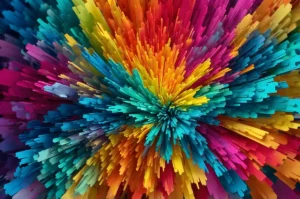

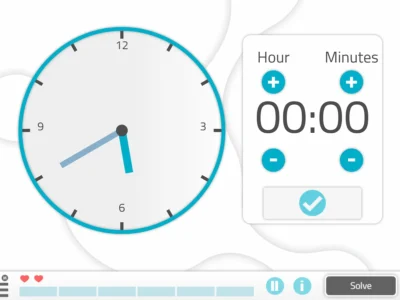
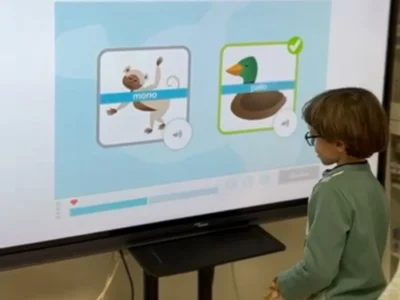
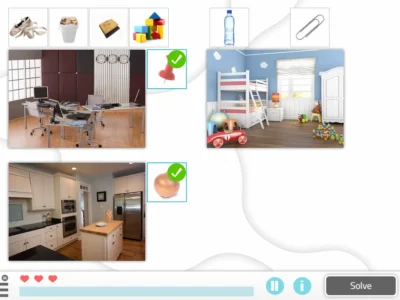
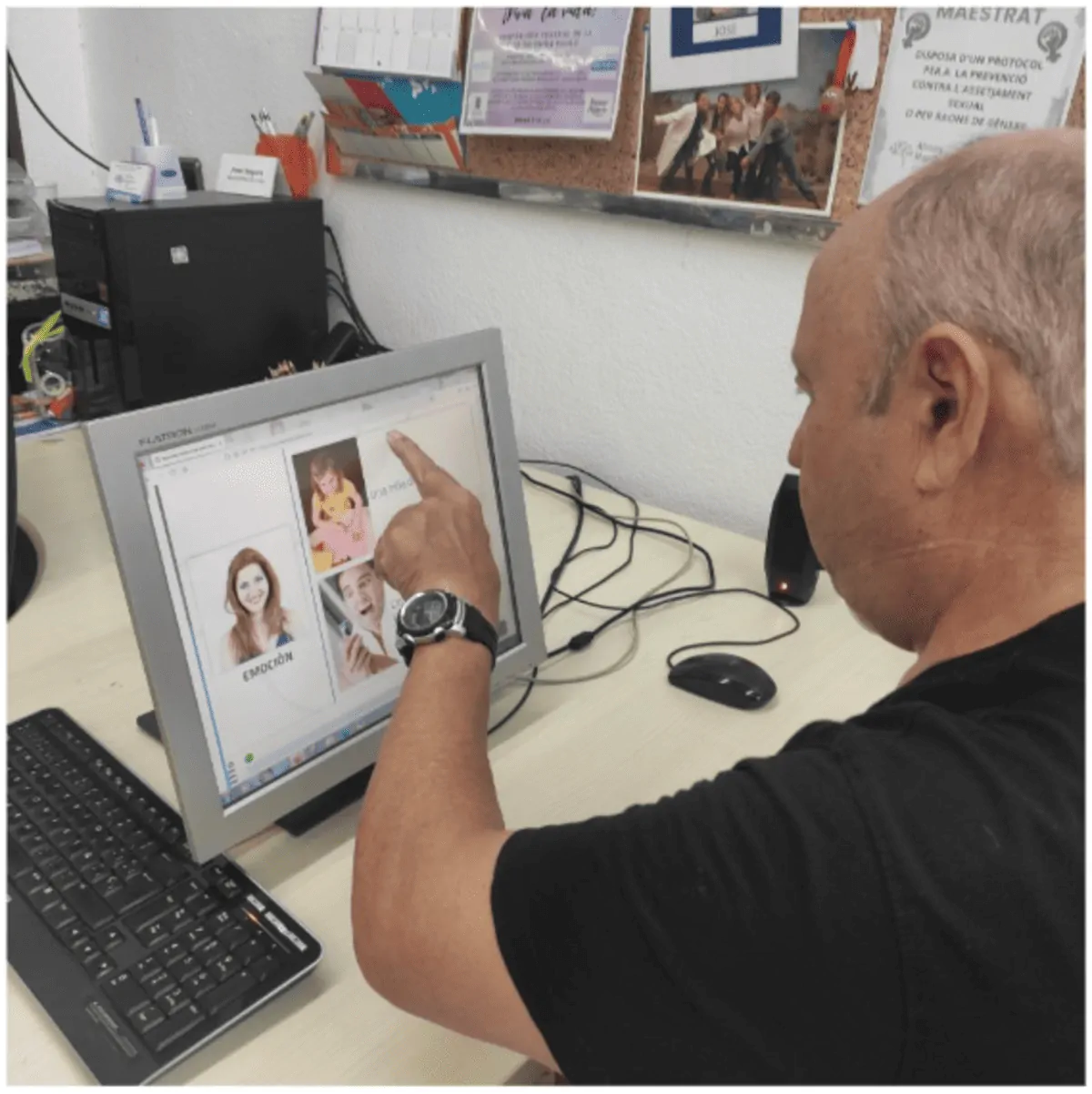

 Cognitive Stimulation Sheet: Actions According to Numbers
Cognitive Stimulation Sheet: Actions According to Numbers
Leave a Reply